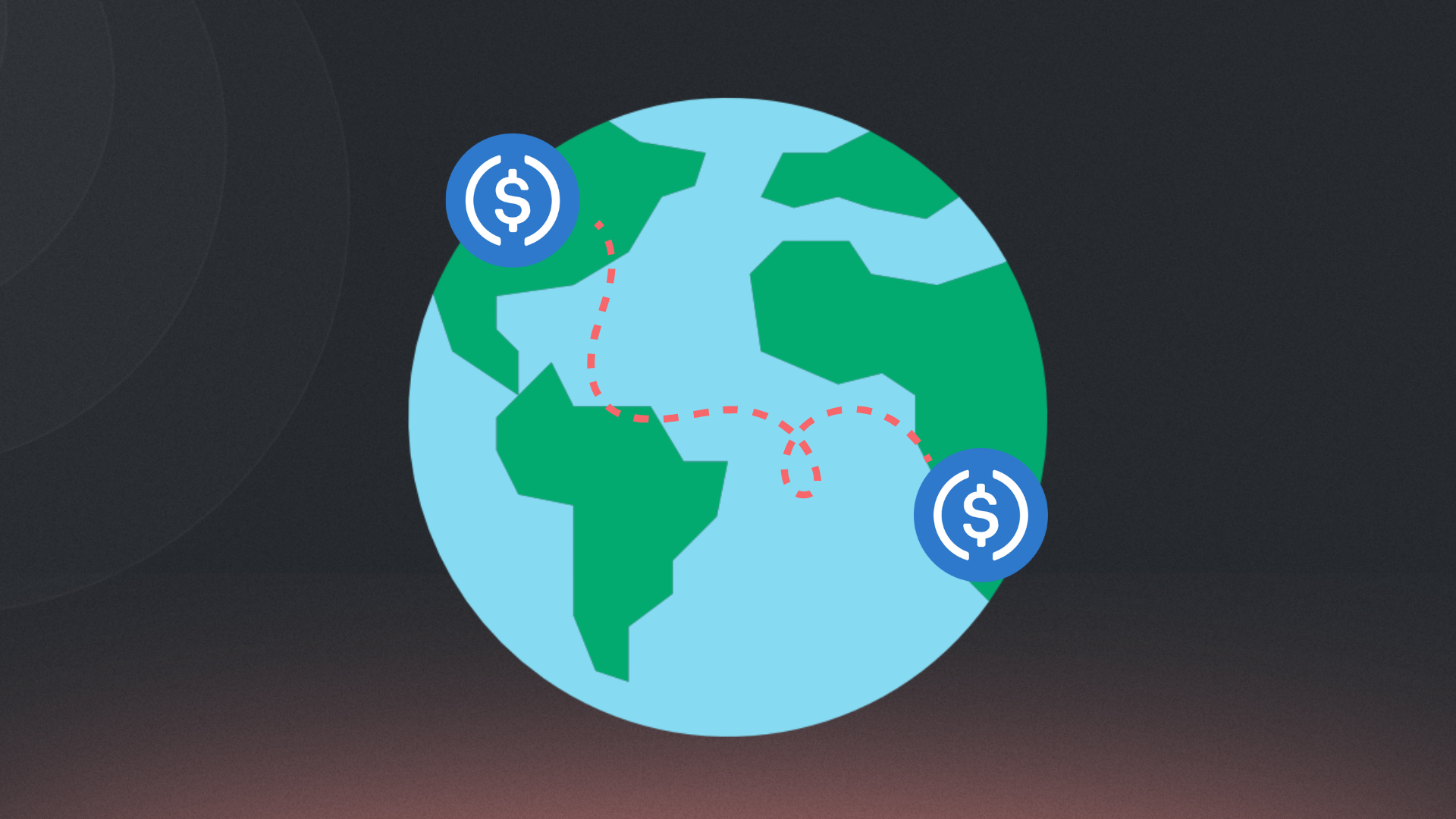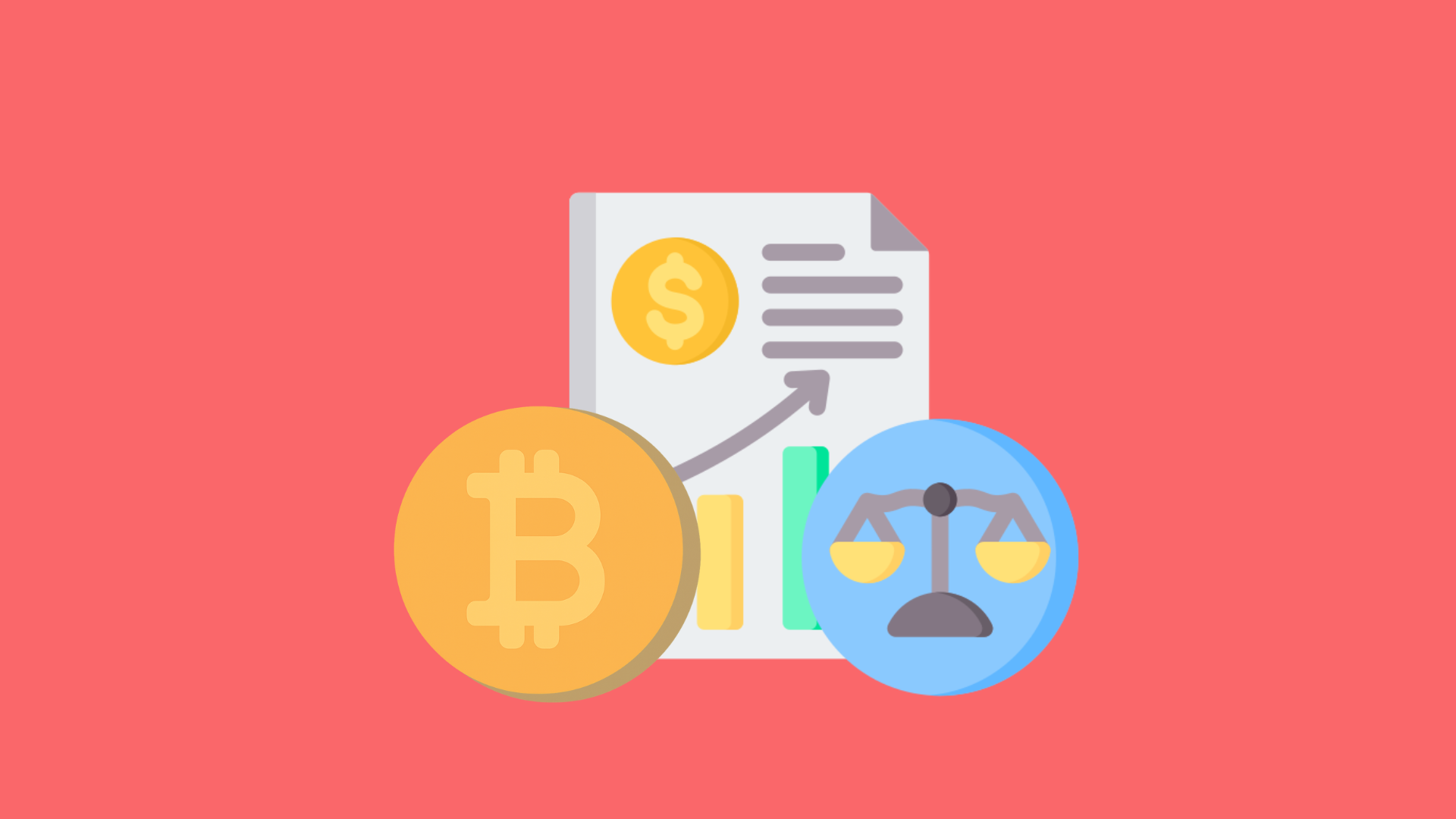The Future of Remittances: How Stablecoins Can Put More Money in Families’ Hands
Discover how stablecoins are transforming global remittances—making them faster, cheaper and fairer—and how they can put more money directly into families’ hands.

Nearly a billion people worldwide are connected to remittances, with around 800 million relying on funds sent home by migrant workers. The impacts these funds have on families and communities around the world are immeasurable, often constituting, according to the United Nations, a major part of a household’s total income in the countries of origin.
As mobile technology becomes more and more ubiquitous, online banking has emerged as a convenient and fast way to take care of one’s finances. Still, inefficiencies plague the current flow of money around the globe.
There is a promising solution: stablecoins—particularly payment stablecoins which are cryptocurrencies tied on a 1-to-1 basis to a fiat currency. They have been at the forefront of discussion surrounding digital assets this year in the United States. Even China, notorious for its strict anti-cryptocurrency policies, has been reported to be exploring the issuance of its own yuan-backed stablecoin as a response to regulatory strides on the Americans’ end. Each great power, and the fight for monetary supremacy itself, is now extending onto the blockchain.
Aside from currency geopolitics, stablecoins do have use on a day-to-day basis. We’ve explored in previous blog articles how stablecoins can enable businesses to transact more efficiently than ever and what their balance sheets can gain from bitcoin exposure. In this article, we examine how individuals around the world like you and me can benefit from using stablecoins for international remittances.
In Sum
- Traditional remittance systems drain a significant share of funds through fees, hidden exchange costs and delays.
- Stablecoins make global transfers faster, more transparent and far more affordable than conventional channels.
- Growing regulatory support worldwide is pushing stablecoins from the margins into the financial mainstream.
- EZO envisions a future where sending stablecoin remittances is seamless, affordable and accessible through simple mobile payment solutions.
In Numbers
- 800 million depend on remittances for daily living.
- Traditional channels average 6.49% in transfer costs, shrinking the real value families receive.
- On average, migrants send about 15% of their earnings to their home country.
- Stablecoins cut remittance costs by up to 95%.
Sending Remittances Today
Remittances may constitute up to 6% of developing countries’ GDP, compared to 2% in middle-income countries. Remittances play a vital role in alleviating poverty for their recipients, yet existing channels prevent beneficiaries from realizing their full value.
Inefficiencies and Costs
Sara sends her family overseas $500 every month, about 15% of her net income. She first pays a sending agent using her debit card, who charges her 6.5% in fees. The $500 Sara sends quickly becomes $467.50.
But the deductions don’t stop there. Because her family needs the money in their local currency, the agent applies a worse-than-fair exchange rate. Instead of the true rate, the agent’s currency conversion rate leaves her family with only about $455 worth. In other words, $12 vanishes in hidden exchange costs.
Finally, when her mother collects the funds from the paying agent, she pays a 1% cash-out fee. That takes away another $4.50.
What began as Sara’s $500 remittance shrinks to about $451 in actual usable value for her family. Nearly 10% of her hard-earned income disappears into fees and hidden charges every single month.
In addition, it took four days for the funds to land into the hands of Sara’s family.
This story is the reality of nearly a billion people worldwide. This slow, sometimes opaque, and ultimately costly process of sending money worldwide remains common.
A Rising Solution: Stablecoins
Stablecoins, Recapped
Stablecoins are a form of cryptocurrency designed to be, as their name suggests, more stable in price than other forms of cryptocurrencies. They can be pegged to a fiat currency, a commodity or even another digital asset.
At the heart of discussions in 2025 are payments stablecoins, which are tied to and used as digital equivalents of government-issued money like the U.S. dollar or the euro. Unlike more speculative crypto assets, payments stablecoins are intended to function as a medium of exchange in everyday transactions, from remittances and e-commerce purchases to financial settlement between institutions.
Stablecoins combine the best of both worlds. They integrate the stability of hard currencies and the innovation enabled by the blockchain. To the issues of slow processing times, transaction opaqueness and hefty fee structure, stablecoins provide better service on all fronts: near-instantaneous settlements anywhere in the world, 24/7, with minimal fees compared to traditional channels for international remittances.
Whereas international remittances currently average 6.49% according to the World Bank, stablecoins settle with minimal fees from wallet to wallet. When using an exchange or a money services business to purchase stablecoins, costs are generally limited to a small conversion fee. A study has shown that stablecoins could reduce the cost of international remittances by up to 95%.
Of course, trading stablecoins—or cryptocurrency in general—still remains a rather obscure subject for most people around the world, though some countries with high inflation rates and currency devaluation already use stablecoins as hedges. But new developments around the world are already making stablecoins more accessible.
Sending Remittances Tomorrow
Current Developments, Rapid Evolution
Regulatory innovations in Europe, Japan, Singapore, Bahrain and Hong Kong have sprung forward in the last five years, but the signing into law of the GENIUS Act in the United States has marked a decisive turn. Countries that may previously have been hesitant are now considering stablecoins.
China, for example, is exploring, as previously mentioned, the launch of its own stablecoin to promote the yuan worldwide as an alternative to the dollar supremacy. Canada too is working on a unified stablecoin framework—Peter Routledge, Canada’s Superintendent of Financial Institutions referred last week to parts of the GENIUS Act as “innovative and cool”, and the United Kingdom published a consultation paper around the same time discussions for the GENIUS Act were picking up in the U.S. Senate.
The evolution of stablecoin regulation—from the margins into the mainstream—will be quick and will change the game for many people around the world.
Stablecoins have the potential to revolutionize payments in general, giving quick and easy access to currencies from around the world to all. Rest of World reports on people in Africa struggling to get access to USD through traditional currency exchange in order to apply for immigration documents. Stablecoins have proven themselves to be a reliable solution in such cases where currency controls limit the flows of international currency into the country.
EZO’s Vision
From the start, EZO’s mission is to promote accessibility in the financial sphere, bringing high quality financial services around the world. We believe that stablecoins are a tool for empowerment—but we believe that in order for this to become true, stablecoins must be integrated into existing payment systems, leveraging the ubiquity of mobile technology.
We have a precise vision for a new age in remittances, supported by blockchain technology. When embedded within simple and straightforward payment solutions,the benefits of using stablecoins over other payment rails will speak for themselves, saving users money and time while being highly secure.
In the future, sending international remittances could be as easy as this:
Sara sends $500 worth of USDC each month to her family overseas through her EZO account for a small fee. The funds arrive instantly in her mother’s EZO account at no additional cost. From there, her mom can either swap USDC into local currency within the EZO ecosystem for a low fee or spend USDC directly at participating stores, with transaction costs as low as just a few cents—all while avoiding costly FX rates and banking intermediaries. Sara’s family overseas is able to enjoy a far greater share of the funds she sent them.
That is why it is crucial to work with companies like EZO—transparent, fair and committed to keeping costs low. By removing hidden fees and rewarding users with degressive pricing, we ensure that families like Sara's keep more of what is rightfully theirs.
Behind the scenes, our OTC Desk team plays a key role in making this possible. They help individuals and businesses find the most efficient rails to move between CAD and crypto, ensuring that value transfers remain fast, reliable and cost-effective.
Connect with our OTC Desk team today and join the movement. Get ready for the launch of our self-service app—coming soon to Canada, and then to the world.
Frequently Asked Questions
1. What are stablecoins?
Stablecoins are a type of cryptocurrency pegged to a stable asset—most commonly a fiat currency like the U.S. dollar or euro. This means their value does not fluctuate as wildly as other cryptocurrencies such as bitcoin. For remittances, payment stablecoins (like USDC) are particularly important because they combine the speed of blockchain transactions with the reliability of traditional currencies.
2. Why are remittances so expensive today?
Traditional remittance services involve multiple intermediaries—sending agents, banks, currency exchange desks and payout agents. Each step adds costs through service fees, foreign exchange markups and sometimes cash-out charges. On average, sending $500 through conventional channels can cost nearly 10% in lost value, with delivery often taking several days.
3. How do stablecoins reduce remittance costs?
Stablecoins settle peer-to-peer on blockchain networks, meaning fewer middlemen are involved. This results in lower fees, faster settlement and more transparent transactions compared to traditional remittance channels.









